S31803 S32205 2205 vs 316L
Choose S31803/S32205 and 316L (Urea Grade) be the trial grade, compare each property of duplex stainless steel and austenitic stainless steel. So as to, based on acquaintance of 316L steel, understanding of mechanical properties and corrosion properties of duplex steel.
Since chromium can naturally form a thin protective film of passivation on the surface of stainless steel, stainless steel has corrosion resistance. Molybdenum makes this passivation film stronger and allows it to be rapidly regenerated when the passivation film is destroyed by chloride. An increase in the molybdenum content increases the pitting corrosion resistance and crevice corrosion resistance of the stainless steel.
316L (2% to 3% Mo) is the most widely used molybdenum-containing stainless steel. It is designated as a tank, pipe and heat exchanger material for food processing and pharmaceutical production. Increased molybdenum content enhances resistance to chloride in the air, so Type 316 can be used as a material of choice for offshore and coastal buildings. 316L is used to cover the Canary Wharf building in London and the tallest building in the world - the outer layer of the Petronas Tower in Kuala Lumpur, Malaysia.
S32205 Duplex stainless steel (3.0% to 4.0% Mo) has high strength and excellent resistance to chloride stress corrosion cracking. Multipurpose stainless steel, originally used as a fluid flow tube in the oil and gas industry, is now more used in the chemical processing and petrochemical industries and as a digester in the pulp and paper industry.
ASTM A789 ASTM A790 S32205 Stainless Steel Pipe Composition %:
| C |
Si |
Mn |
P |
S |
Cr |
Mo |
Ni |
N |
Cu |
| max. 0,03 |
max. 1,00 |
max. 2,00 |
max. 0,030 |
max. 0,020 |
22,00 - 23,00 |
3,0 - 3,5 |
4,5 - 6,50 |
0,14-0,20 |
- |
| C |
Si |
Mn |
P |
S |
Cr |
Mo |
Ni |
N |
Cu |
| max. 0,035 |
max. 1,00 |
max. 2,00 |
max. 0,045 |
max. 0,040 |
16,00 - 18,00 |
2,0 - 3,0 |
10.0 - 14.0 |
- |
- |
2.Mechanical Properties (Tubing and Piping) Table - 2
|
Grade |
Heat Treatment |
Tensile Strength
(Mpa) |
Yield Strength (Mpa) |
δ% |
| S31803(SAF2205) |
Solution Annealing
1060 ℃
water quenching |
655 |
485 |
25 |
TP 316L(UG)
(S31603) |
Solution Annealing 1050 ℃
water quenching |
485 |
170 |
35 |
According to the result, the tensile strength of S32205 is higher than 316L, yield strength near to twice.
3.Macrostructure (Low Power Structure) Table - 3
|
Grade |
Central looseness
(Grade) |
General looseness
(Grade) |
Square Looseness (Grade) |
| S31803(SAF2205) |
0.5 |
0.5 |
0 |
| TP 316L(UG) |
0.5 |
0.5 |
0 |
4.Clearness
According to ASTM E45, Test result as below: Table - 4
| Grade |
A |
B |
C |
D |
| thin |
heavy |
thin |
heavy |
thin |
heavy |
thin |
heavy |
| S31803(SAF2205) |
0 |
0 |
0.5 |
0 |
0 |
0 |
1.0 |
0 |
| 0 |
0 |
1.0 |
0 |
0 |
0 |
1.0 |
0 |
TP 316L (UG)
(S31603) |
0 |
0 |
0.5 |
0.5 |
0 |
0 |
0.5 |
0 |
| 0 |
0 |
0.5 |
0 |
0 |
0 |
1.0 |
0 |
According to Table 3 and Table 4, we found that the macrostructure and clearness of S32205/S31803 and TP 316L is similar.
5.Metallographic Structure Test Result Table - 5
| Heat No. |
Number |
Ferrite (%) |
VOD TB02-761 |
Forging Bar |
1 |
45 |
| 2 |
46 |
| Hot Rolled Perforation Pipes |
3 |
47 |
| 4 |
46 |
Table 9 dates show the metallographic structure of this heat number steel reasonable. Prove that the steelmaking technology control the chemical analysis very strictly.
6.Intergranular Corrosion Resistance Property
In order to test the intergranular corrosion resistance property of 316L(UG), according to Stamicarbon standard of 316L (UG), do the compare test of S31803/S32205 and 316L(UG). All the trial is solution annealing, Test 5 cycles in the 65 ±0.2% HNO3 boiling solution,every cycle is 48 hours, result show as below:
Table 6
| Grade |
Cycle, μm/48h |
Average
μm/48h |
| 1 |
2 |
3 |
4 |
5 |
| S31803(SAF2205) |
0.8767 |
0.8110 |
1.42732 |
1.35864 |
1.119585 |
1.11865 |
TP 316L (UG)
(S31603) |
1.88508 |
0.90842 |
0.831655 |
1.71449 |
1.70169 |
1.408267 |
Huey Test is a general way for test corrosion resistance stainless steel for Urea. The weight loss per unit area is measured after each of five 48-hour boils in 65 percent nitric acid. The test results are calculated to and reported as the average corrosive rate of the five boils in inches per month (ipm) corrosion rates. The test is used to determine the suitability of a material for nitric acid service. Since most of the weight loss is due to intergranular attach, the Huey test is commonly used as an indication of the resistance of a stainless steel to intergranular corrosion.
Huey test is very strictly, if the chemical analysis control not very well, steelmaking quality is bad, it is very hard to pass the test. 316L(UG) request 5 cycles average corrosive rate less than ≤3.3 μm/48h。According to the test result,S32205/S31803 not only meet the request,But meet the request of 25-22-2(2RE69)austenitic stainless steel average corrosive rate≤1.5 μm/48h, better than 316L(UG),special from cycle 5,S32205/S31803 average corrosive rate far lower than 316L (UG),show the S32205/S31803 chemical analysis is well and steelmaking quality is good.
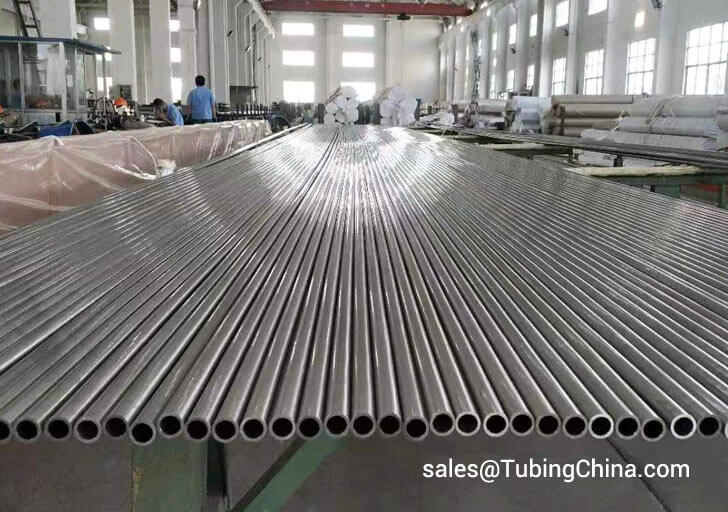 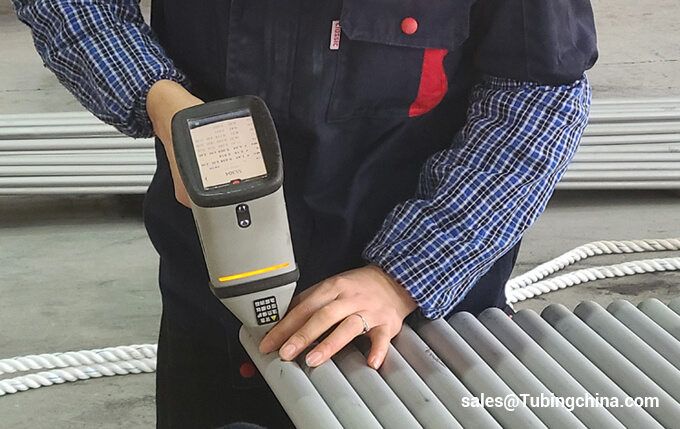
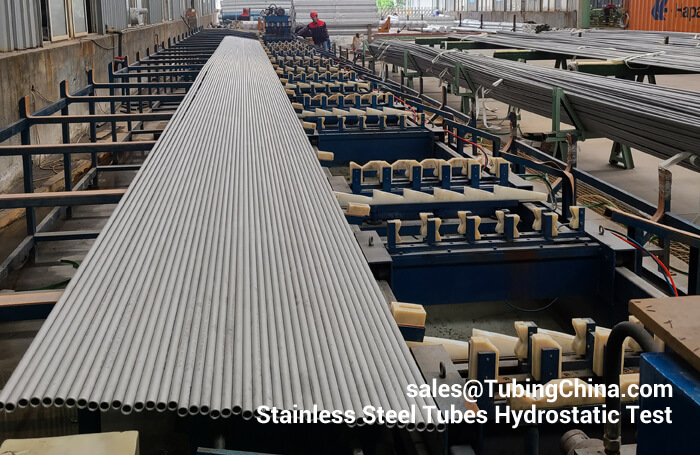
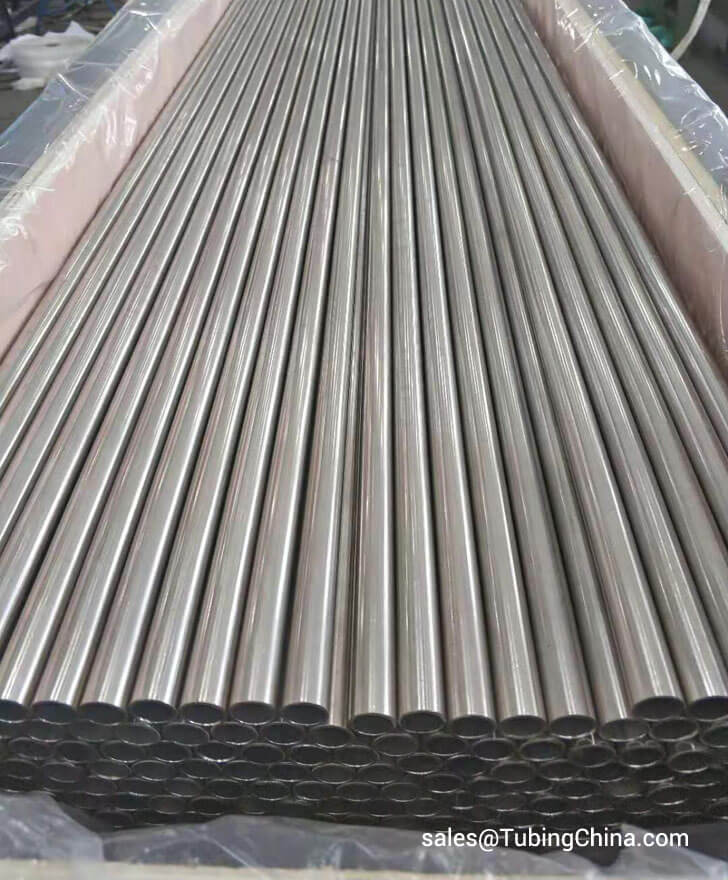 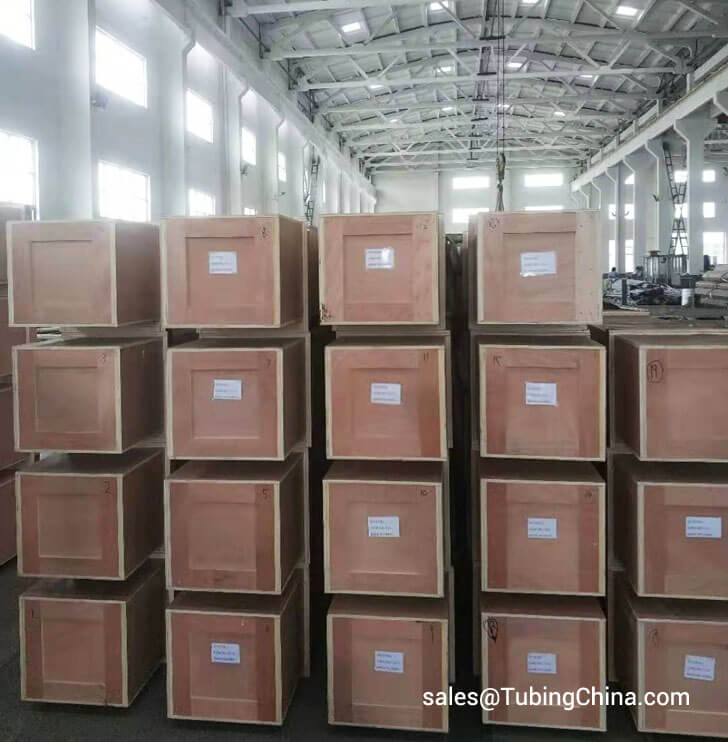
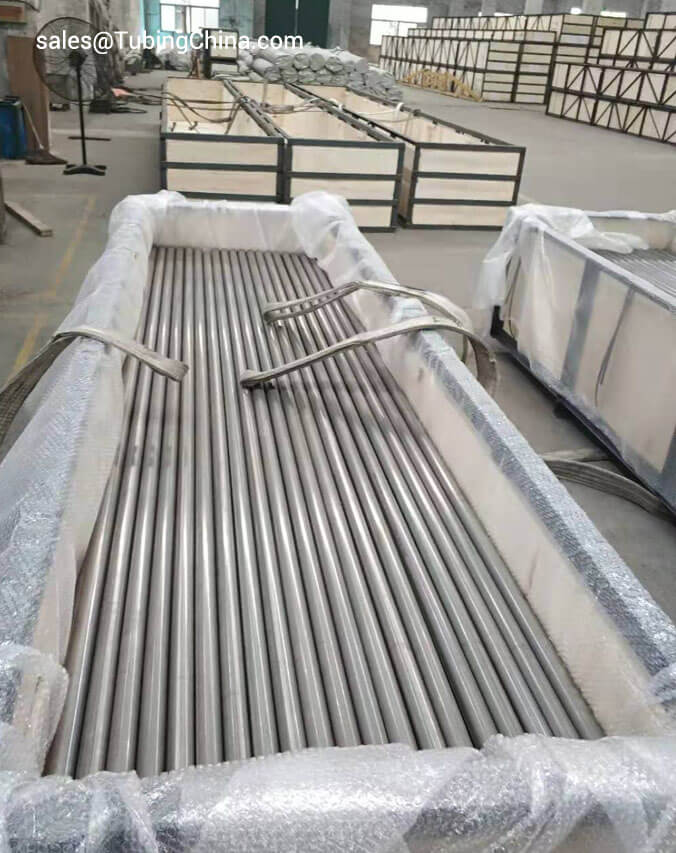
Related References:
Stainless Steel " L" "H" Grade
Difference Between 304H and 347H
Difference Between 304 304L and 321
Difference Between ASTM A213 and ASTM A269
Difference Between ASTM A213 and ASTM A312
304 304L 304LN 304H Stainless Steel Tubing and Pipe
Difference Between Duplex Steel S31803 / S32205 and 316L
Metallographic Test - Metallography Testing
Metallographic Test Report
Stress Corrosion Cracking (SCC)
Chloride Stress Corrosion Cracking
Stainless Steel Corrosion
Corrosion of Piping
Corrosion Process
Surface Coatings for Corrosion
Corrosion Resistant Material
Bi- Metallic Corrosion.Galvanic Corrosion
Intergranular Corrosion
Intergranular Corrosion of Stainless Steel Tubes
Corrosion Resistant Stainless Steel Tube
Corrosion Resistance of Stainless Steel Tubes
Seawater Resistance of Stainless Steel Tubes
Corrosion Mechanism in Stainless Steel Tube
ASTM A262 Intergranular Corrosion Test IGC
ASTM E112 Standard Test Methods for Determining Average Grain Size
Methods of minimizing chloride stress corrosion cracking
|
